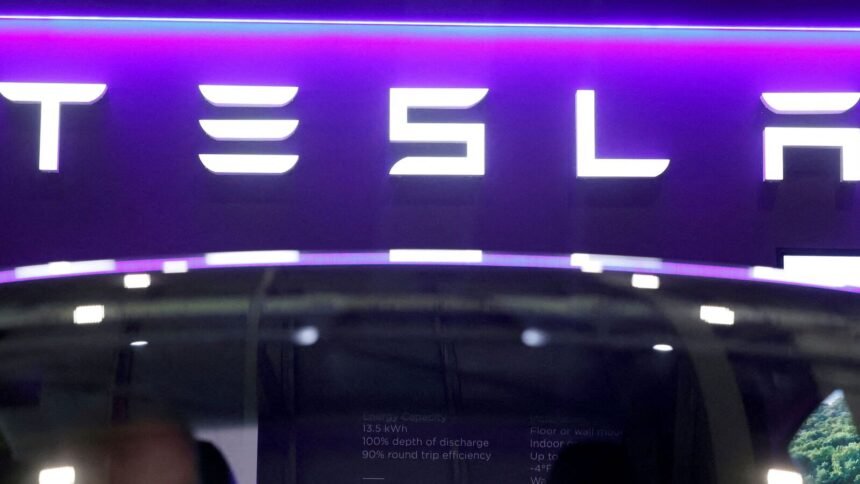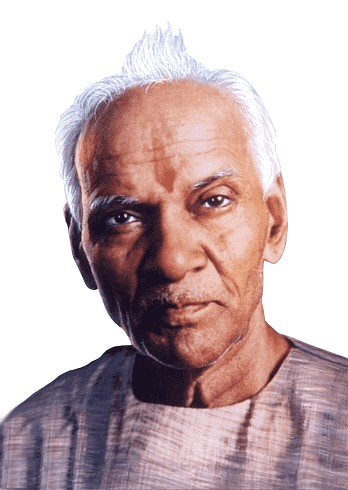After a lot of hype surrounding the long-promised $25,000 electric car, which was supposed to be a game-changer for the electric car brand, Tesla is abandoning the vehicle.
…
When Reuters reported in April that Tesla had scrapped plans for a long-promised next-generation $25,000 electric car, the automaker’s stock price plummeted. Chief Executive Elon Musk quickly responded on his social media network X.
He posted that “Reuters is lying” but did not elaborate.
Six months later, Musk appeared to admit Tesla had abandoned plans for a $25,000 human-driven car. He said during an earnings call on Oct. 23 that making affordable electric vehicles would be “pointless” unless the cars were fully autonomous.
His latest remarks came in response to an investor asking: “When can we expect Tesla to give us a $25,000 non-robo-taxi regular model?”
“We’re not going to build non-robots,” Musk replied, before being interrupted by another Tesla executive. Models are meaningless.
An April 5 Reuters article reported that Tesla has abandoned plans to launch a new, affordable mass-market electric car, but still plans to launch a self-driving robotaxi. Since then, Musk has increasingly touted plans for robotaxis and self-driving cars.
Tesla and Musk did not respond to requests for comment for this report.
During an October earnings call, Musk said that Tesla does plan to launch a “$25,000 car” – the “Cybercab”, a two-door, two-seat, fully autonomous vehicle . On October 10, Musk unveiled the prototype at a Hollywood-style event.
Musk said Tesla will deploy fully autonomous versions of its current Model 3 and Model Y vehicles in Texas and California next year and will begin producing Cybercab in 2026. The automaker faces tough technical, regulatory and legal challenges in delivering on Musk’s latest promise of fully autonomous vehicles, which echoes other promises made a decade ago.
Until recently, a new Tesla affordable for humans to drive has been key to Tesla’s strategy to become the world’s largest automaker. For years, Tesla has aimed to produce 20 million vehicles per year by 2030, more than ten times its current sales and nearly double the sales of Toyota, the current global sales leader. In May of this year, Tesla gave up its 20 million vehicle target in its latest “Impact Report” on progress towards its sustainability goals.
Just in January this year, Musk confirmed plans for a new affordable electric car during an earnings call. He said the next generation of cars will arrive in 2025, setting off a second major “wave of growth” following the first wave of Model 3 and Model Y cars released in 2017 and 2020 respectively.
Investors and Tesla fans generally refer to the much-anticipated budget car as the “Model 2,” which ranks it below Tesla’s currently cheapest Model 3, which starts at $42,490.
In January this year, Musk described the new model as requiring “new revolutionary manufacturing technology.” It is planned that these models can be “produced on the same production line as current Tesla.”
Morningstar Research Services analyst Seth Goldstein said he believes the cheaper cars will be built on current Tesla platforms and sell for about $30,000.
“It’s my understanding that the original plan was to make more affordable cars on the new platform,” he told Reuters. “I think Tesla realizes that they are better at making affordable cars than their Chinese EV peers.” It was too late… So, they changed their strategy and instead made a huge investment to produce new cars.
After Reuters reported on April 5 that Tesla had canceled the Model 2, Musk posted on X that day that Tesla planned to launch a “self-driving taxi” in August. Held at a nearby movie filming location, Wall Street felt tame.
Some investors felt that Musk’s comments about Cybercab and demonstrations of autonomous “Robovan” concepts and humanoid robots lacked specific details about the products. New self-driving technology Current vehicles have “fully self-driving” capabilities. Its current models cannot drive fully autonomously and require strict attention from a human driver.
Cybercab’s target market is unclear. The Cybercab’s sports car looks and two-door, two-seat configuration — a layout that’s almost extinct in the broader U.S. auto market — have confused some analysts, who had expected the robotaxi to accommodate more passengers and luggage space .
Musk said during an October earnings call that the concept car’s design was “optimized for autonomous driving” and would also be affordable.
“It costs…about 25K, so it’s a 25K car,” Musk said.
Get an in-depth look at upcoming cars in India, electric vehicles, upcoming bikes in India and cutting-edge technologies that are changing the automotive landscape.
First published date: November 6, 2024 07:54 AM IST

